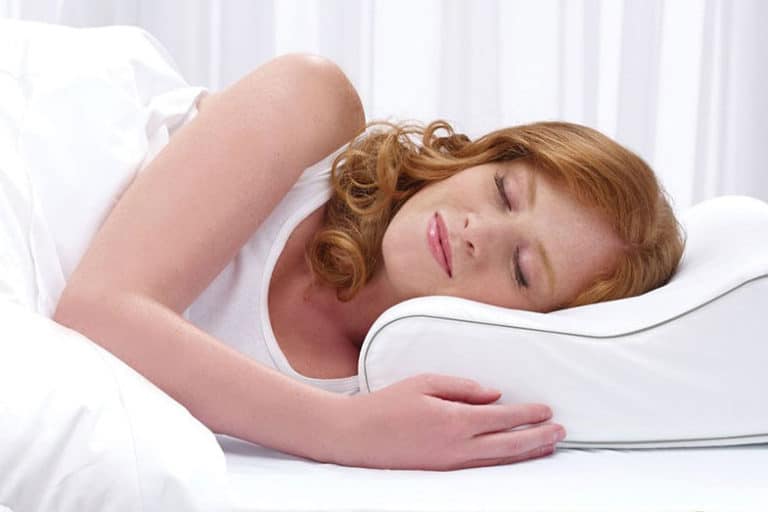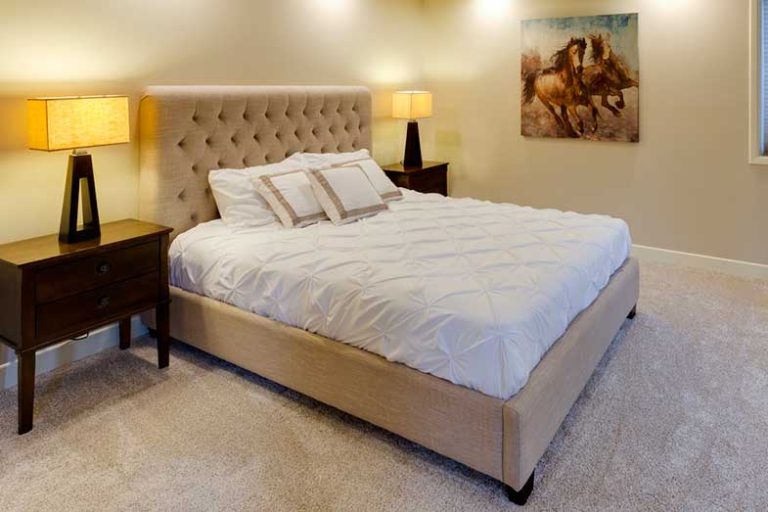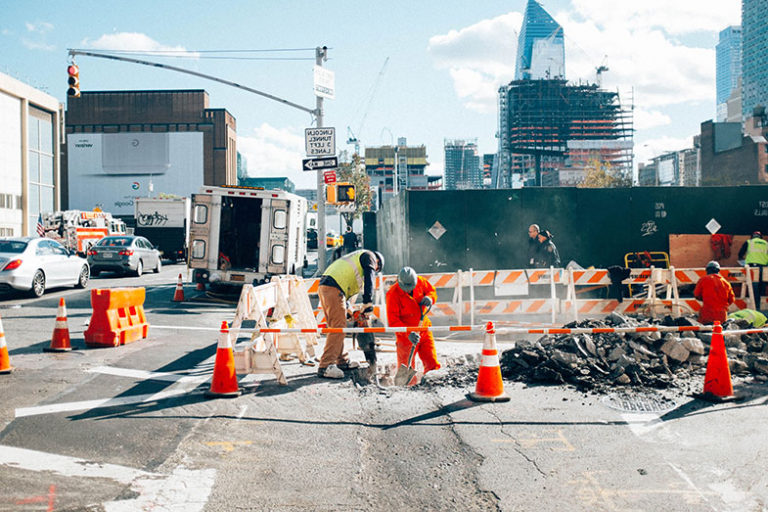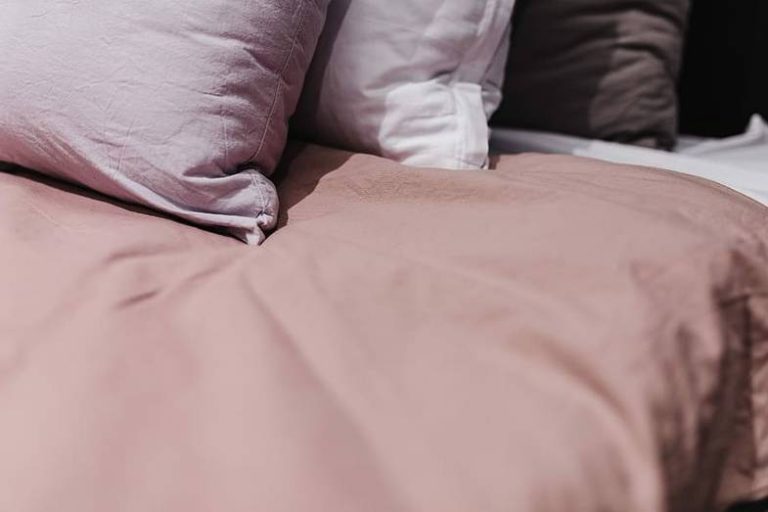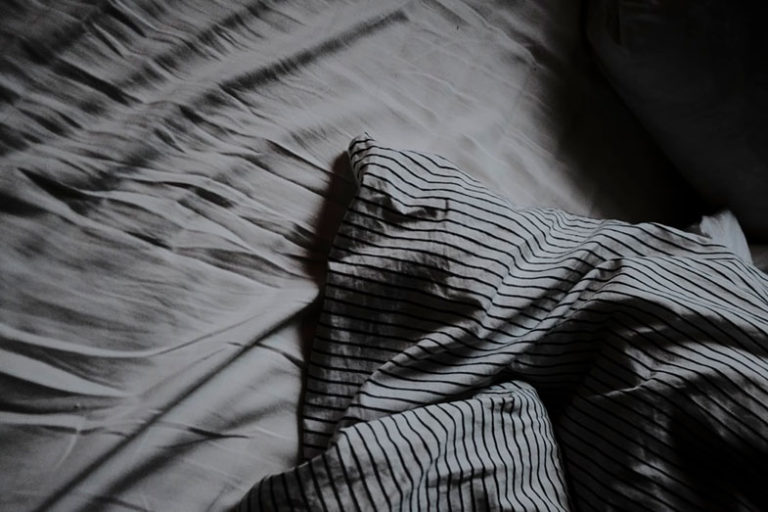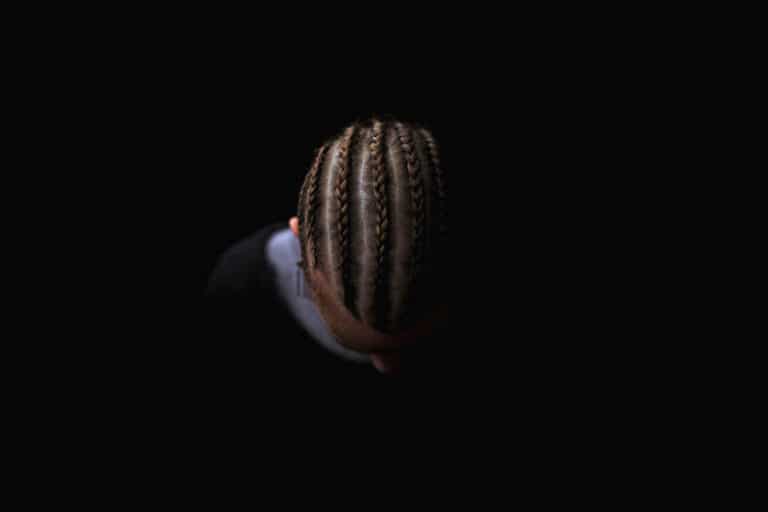How to Sleep After Japanese Hair Straightening
Disclosure: We may get commissions for purchases made through links in this post.
Japanese hair straightening or thermal reconditioning is a meticulous process that has been helping improve unruly, wavy, and curly hair for decades. To ensure its success, you are given several aftercare instructions that you must follow until the chemical residue sets in, and the hair gets used to its new shape. Of all the at-home care practices, though, the common dilemma is how to sleep after the treatment. That is because sleeping might bend the hair.
So, how to sleep after Japanese hair straightening? Since your hair is sensitive to any form of friction and pressure, the best way to sleep is to keep it down. You must also make sure the hair is not exposed to any kind of moisture, including your sweat, while you are sleeping.
As straightforward and manageable as it may sound, there are actually a few things to consider when it’s time for you to sleep after the thermal reconditioning process. To make sure you won’t make any mistakes, discussed below are practices to keep in mind. Also included are other aftercare tips, possible cons of the procedure, and how long the treated hair remains straight and smooth.
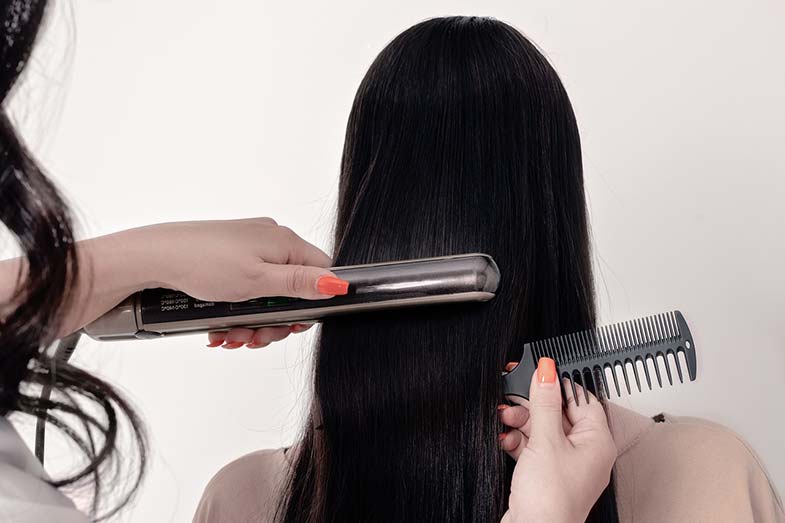
Take a look at these three popular Amazon products that are excellent for those who just had their hair straightened.
| Bedsure Satin Pillowcase for Hair and Skin (view on Amazon) |
HSI Professional Glider (view on Amazon) |
How Should I Sleep After Straightening My Hair?

Apparently, you’re not conscious while you are asleep, so you really can’t control how you sleep and watch where your hair goes. Hence, your newly straightened hair requires special care before and after going to bed, instead of while you are sleeping. Fortunately, the said care practices won’t take much of your time and require much effort.
1. Use a Silk or Satin Pillowcase
If you are familiar with cloth, you would have an idea that silk and satin are the smooth types. Sleeping with a pillow wrapped with a pillowcase made of any of the two will ensure there is less or no friction between your hair and the pillow. Thus, even if you move a lot while you sleep, your newly straightened hair won’t crimp as much as when you use other types of pillowcases.
2. Keep Your Room Temperature Cool
Sweat will, in a way, wet your hair, making it prone to frizz and curls, especially when you move a lot while sleeping and when it is humid. Although you can dry your hair, you won’t have a chance to do it immediately, soaking your hair and scalp in sweat, which may lead to its damage.
That said, you must set your thermostat to at most room temperature or 71.6°F. If you don’t want to, you may opt to switch on an electric fan or open a window to let air inside, which can help regulate the temperature in your room.
3. Comb and Separate Your Hair Before Laying Down
Brushing or combing your hair before going to sleep might have long been your practice, which is a good thing. For your newly straightened hair, though, after combing, it would be best to separate the hair into two parts; one should rest on your left shoulder while the other on your right. This way, your hair won’t directly rest on your pillow. Also, make sure you use a wide-tooth comb to prevent hair strand breakage.
4. Iron Your Hair Once You Wake Up
Even if you practice the three tips given above, there is no 100% guarantee that your hair will be as straight as you left the salon. Some parts of your hair might have bends and crimps, but don’t worry; all you need to do once you wake up is comb your hair gently and iron it using low to medium heat setting. Again, make sure to use a wide-tooth comb.
How Do I Take Care of My Hair After Japanese Straightening?
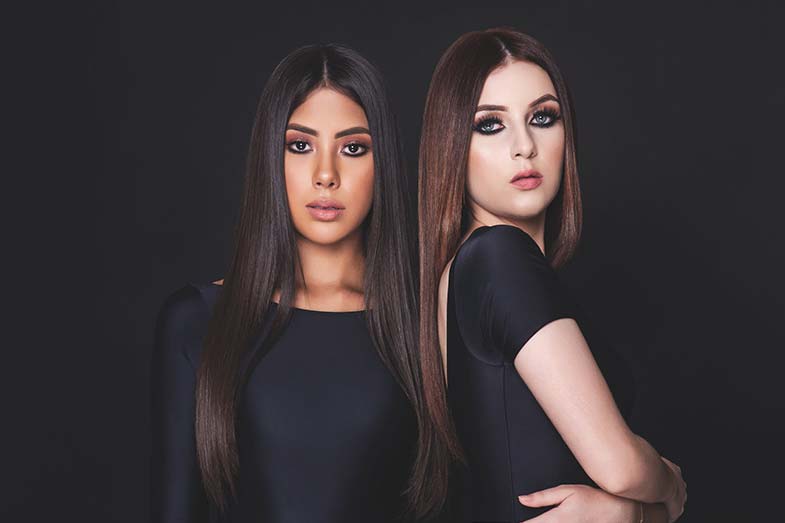
Now that you are familiar with some measures on how to sleep after Japanese hair straightening, it’s time for you to learn other ways to take care of your newly straightened hair. Although your hairstylist will discuss this, it is best to have a written guide you can go back to once in a while.
The First 72 Hours
The first 72 hours are crucial because this is the time when the neutralizing process is still on-going. The following must be kept in mind to ensure the process gets completed properly:
- Refrain from Wetting Your Hair
This means you should wear a shower cap while taking a bath or shower to minimize its exposure to water. You also musn’t swim and join activities that might expose your hair to any form of water or moisture. As such, you should also skip your visit to the gym or your daily jog or run to avoid scalp and hair sweat.
If some of the parts of your hair get wet or moist, blow-dry it at a safe distance and in a downward motion, or iron it gently using low or medium heat setting.
- Do Not Use Any Hair Accessories
At this point, your hair will be prone to breakage; thus, you must not tie your hair. Similarly, the hair can be bent and crimped easily, so it’s best to avoid using hats, bandanas, headbands, hairpins, and the like. Tucking your hair behind your ears and placing glasses on top of your head should also be avoided.
- Avoid Exposure to Sunlight and Using Hair Products
Whether or not your hair is treated, exposure to UV rays can damage your hair. As such, it is best to use an umbrella each time you go out when the sun is out. Likewise, you are not allowed to put mousse, gel, and any other products on your hair.
After 72 Hours
After the 72-hour downtime, expect that the chemical used in the treatment has already settled in completely, and your hair has gotten used to its new shape. Nevertheless, you need to make sure you take care of your straight hair, especially during the next few weeks after treatment.
- Protect Your Hair from UV Rays
Continue to avoid too much exposure to sunlight. If need be, again, use an umbrella, and this time, you can use a hat if you like. You may also opt to use UV protection hair care products, but make sure you consult your stylist before purchasing.
- Use the Right Shampoo and Conditioner
Any chemically treated hair requires you to use special shampoo and conditioner, or those that do not contain sulfur-based ingredients. It would be best to purchase those sold in the salon itself. Though these items are expensive, they ensure your hair remains straight and silky. You must also deep-condition your hair every week, using protein-rich conditioner.
- Do Not Go for Any Other Hair Treatments
Within the first four to six weeks after Japanese hair straightening treatment, you must not color your hair. Once this period is over and you like to have highlights or change your hair color, it’s advisable to have it done by a stylist. You must also inform the stylist that your hair has been thermally reconditioned. That way, the professional knows what product to use.
Additionally, other hair treatments using chemicals can only be done after approximately two months after the Japanese hair straightening procedure. This is to prevent hair damage, from minor to severe.
- Avoid Chlorinated Water
For the first two weeks, you must not swim since not only will it wet your hair, but it will also expose it to chlorine, which can react with the chemicals used.
How Long Does Japanese Hair Straightening Last?

Japanese hair straightening is labeled as permanent, but in reality, the straightening and smoothening effect will last for about six months. The term permanent only refers to the fact that it’s an irreversible treatment, which means you have to wait a while for your hair to grow out before it gets back to being kinky, wavy, or curly, as long as the aftercare instructions have been followed and you use a quality pillowcase (view on Amazon).
With that said, as your hair grows, expect the top part of your hair to have the original texture while the tip would be straight. You would need to either have it cut or get a touch-up. Do note that touch-ups can only be done after about four to six months.
Can Japanese Straightening Damage Your Hair?
Your hair’s exposure to heat and chemicals has a downside, and getting a Japanese hair straightening treatment is no different. This is especially true if your hair strand is thin and weak, leading to further thinning out of the hair due to its inability to withstand the heat and chemical used.
Too much use of heat during the procedure can also lead to hair brittleness, breakage, and loss. This is noticeable since you would see more hair strands on your pillow, bedsheet, or blanket (view on Amazon). Split-ends and other hair damages can also occur if you undergo Japanese hair straightening without waiting for at least four weeks after hair bleaching, coloring, or any other treatments.
With all this in mind, the damages caused by the Japanese hair straightening procedure can only happen if the person who does it is inexperienced and untrained. Thus, be keen on choosing the salon where you would go to and the stylist who would do the procedure.
Reading reviews and asking for recommendations would be one of the best ways to find the perfect salon or stylist. Make sure your stylist also evaluates your hair and knows the hair treatments done the past one or two months before undergoing the procedure.
Enjoy and take care of your newly straightened hair, whether you are about to rest your head on a comfortable pillow (view on Amazon) or out there doing your daily activities!

